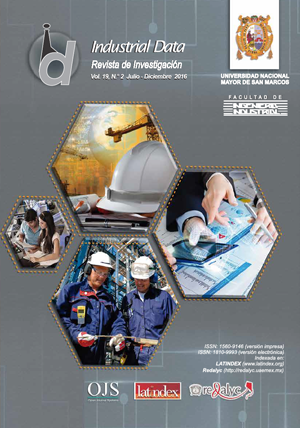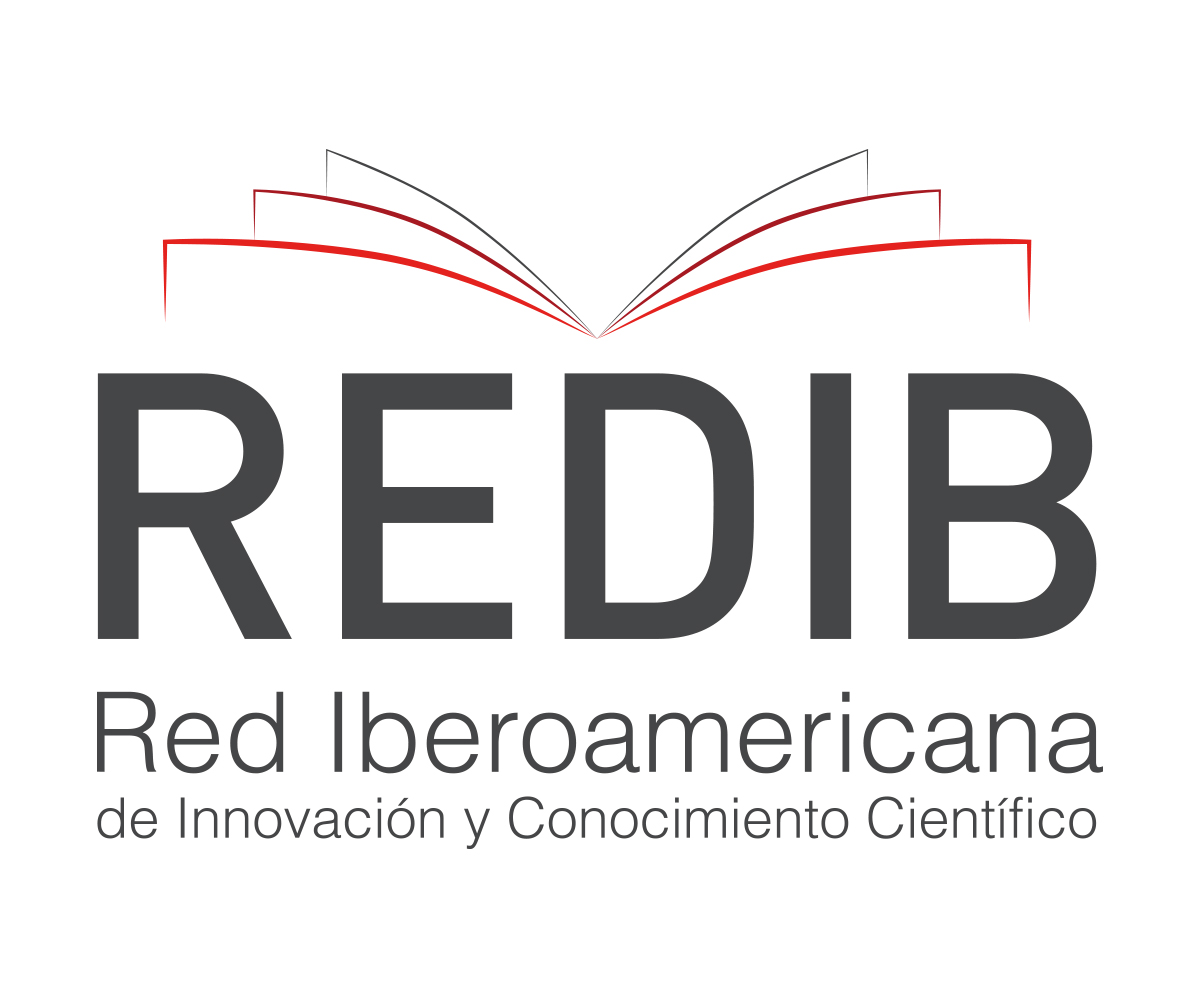Removal dyes textile effluent applying advanced technology
DOI:
https://doi.org/10.15381/idata.v19i2.12844Keywords:
Electrocoagulation, Wastewater textile industry, Refractory dyes.Abstract
At present an environmental problem are refractory organic compounds such as dyes, which interfere with photosynthetic processes carried out by organisms in water bodies. Contaminants present in wastewater from industries such as textiles, paper, and pharmaceutical tannery among others, whose processes generate large volumes. The objective of this research was to remove dyes synthetic effluent textile, applying advanced technology to which electrocoagulation is used, this research allows to carry out a treatment without reagents, using electrical charges which destabilize the colloidal particles facilitating their precipitation, for which iron electrodes used with 0,8 mm spacing. The methodology is based on variations in current density, pH and residence time, the response variables are percentage of color removal and chemical oxygen demand. As a result of the experimentations removal efficiency of 97,57% of Chemical oxygen demand color and 99,11% , current density 27,92 A / m2, pH 10 and a reaction time of 8min was obtained. This experience can be applied to other effluents.Downloads
Downloads
Published
Issue
Section
License
Copyright (c) 2016 Martha Bermeo Garay, Oscar Tinoco Gómez

This work is licensed under a Creative Commons Attribution-NonCommercial-ShareAlike 4.0 International License.
AUTHORS RETAIN THEIR RIGHTS:
a. Authors retain their trade mark rights and patent, and also on any process or procedure described in the article.
b. Authors retain their right to share, copy, distribute, perform and publicly communicate their article (eg, to place their article in an institutional repository or publish it in a book), with an acknowledgment of its initial publication in the INDUSTRIAL DATA.
c. Authors retain theirs right to make a subsequent publication of their work, to use the article or any part thereof (eg a compilation of his papers, lecture notes, thesis, or a book), always indicating the source of publication (the originator of the work, journal, volume, number and date).



















